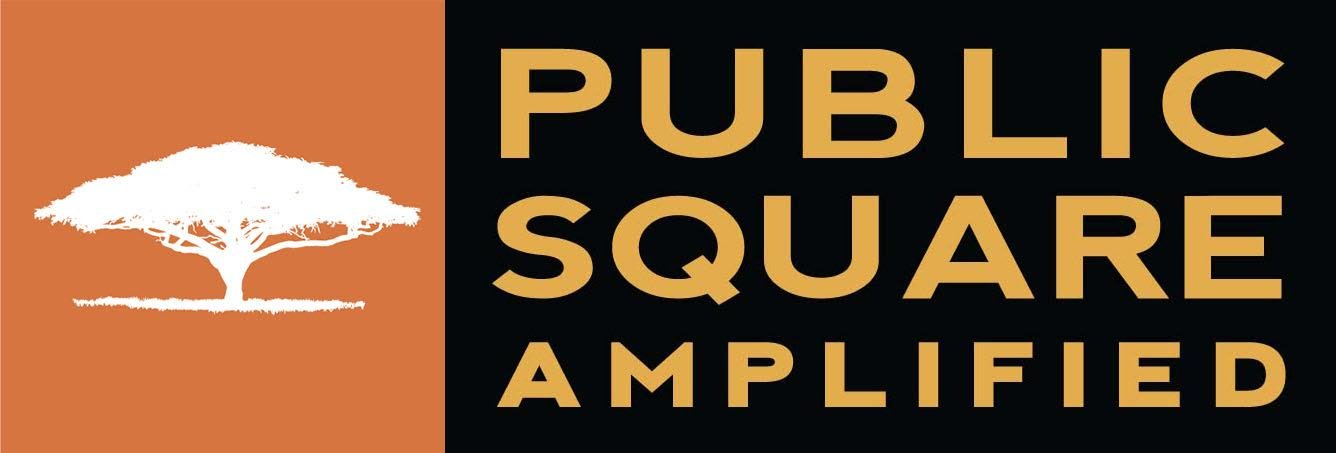Supplemental Nutrition Assistance Program (SNAP) card users can now find their closest farmers' markets thanks to Stockton University students
STOCKTON, NJ—Gone are the days of skimming social media for the next farmers’ market. Students at Stockton, in collaboration with the New Jersey Food Democracy Collaborative (NJFDC), have created a website and interactive map showing where the closest market is, and which ones accept SNAP cards. The site also lets farmers know how to become SNAP authorized.
SNAP is a USDA program that “provides benefits to low-income individuals and families via an Electronic Benefits Transfer (EBT) card,” according to Benefits.gov. The card, like a debit card, is loaded every month with government benefits which a family can use to purchase staple foods like fruits and vegetables, meat, poultry, fish, dairy products, bread and cereal.
Jeanine Cava, founder and lead facilitator of NJFDC, which she described as “a network of organizations interested in food equity,” was a SNAP user once. Cava worked for a federally qualified health center in California where she said there were “programs that incentivized patients to go to the farmers market and get produce.” The programs notified the patients about the locations of farmers' markets and how to access them. So, when Cava moved from California back to New Jersey in Dec. 2017, she expected the same resources. After researching, she said, she realized there was a lack of communication to SNAP recipients about how they could use their benefits to be healthy.
Cava formed NJFDC in June 2020 with several other organizations. She said her personal interactions with NJ SNAP system via [the] county board of social service and then as a SNAP-authorized grower made her realize there was an information gap and it pushed her to do something to fill it. Since being formed, the collaborative has held discussion groups which they said were to better understand the food systems’ current challenges, as well as forged initiatives with different universities. The Stockton project is just one of their most recent projects to share information with those who need it.
New Jersey’s SNAP website, which states that it is “aimed at teaching NJ residents how to make healthy, budget-friendly food choices,” had no information on farmer's markets. So, Cava and her team of volunteers reached out to the state’s Department of Human Services requesting they “add some language” telling people they could use their cards at farmers’ markets. After nine months, the site was updated by the state and now includes a list of farmers' markets by county. Cava and her organization appreciated the swiftness but felt there was room for improvements and more information, so they set out to do it themselves.
“It occurred to me if we want this resource for people, we need to do it ourselves and then maybe push for the state to link to our resource,” said Cava.
As an adjunct professor at Stockton University, Cava was able to recruit Bug McGreen, Amanda Logie, and Bridget McKinely to assist with the program in return for course credit. Together, their work resulted in what is now a website that acts as a one-stop source for community members to find out where farmers markets are located, how their SNAP benefits work at them, a list of participating markets, and even has a section for farmers and market managers with information about how to become a SNAP authorized farmers’ market in NJ.
The most recent addition features an interactive map that pinpoints the location of markets. Visitors can zoom into those points, find out the name of the farm, scan the surroundings and businesses, and even see what transportation is nearby. With the tap of an arrow, consumers can be redirected to google maps where all they do is enter their ‘starting point’ and a suggested route is provided for all modes of transportation. Better yet, if they’re running late, the map will let them know of any delays in the area and what traffic they can expect to encounter.
The site also shows which markets will “match the dollar amount spent on your SNAP/EBT card to double the amount of fresh produce you can buy.” The Good Food Bucks (GFB) incentive means every dollar a SNAP user spends, they receive an additional dollar for more fruits and vegetables. It is only available at certain markets on the map. Visitors get a bargain for their dollar by knowing which market to visit.
The map can be accessed from all devices by anyone, is easy to use, and is always available. The volunteers at the NJFDC also plan to periodically update the map.
Bug McGreen, one of the Stockton students who built the website, believes the addition allows for easier and user-friendly navigation.
“We decided to add an interactive map to the website because some users may find it easier to navigate instead of the list of markets provided,” they said. “With the development of the website we aim to provide clear information to our community about how to access the fresh food our state is known for.”
There’s room for further development, like translating it into different languages, but it’s a step towards more access to information for a healthier lifestyle for NJ households. Since being published on Dec. 14, 2020, the map has been viewed 265 times and Cava hopes it will become a resource for many during the Springtime.
“I am very proud of the work we have accomplished in a short amount of time,” McGreen added. “I believe everyone deserves access to healthy food.”
Correction: A previous article misspelled Jeanine Cava’s name. It has been updated to reflect the correct spelling.*
